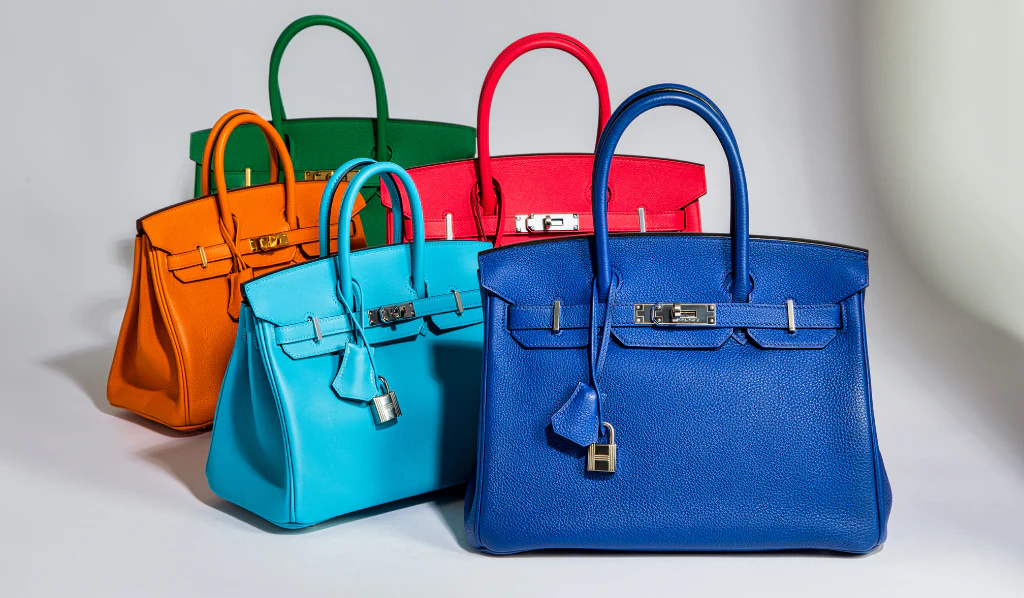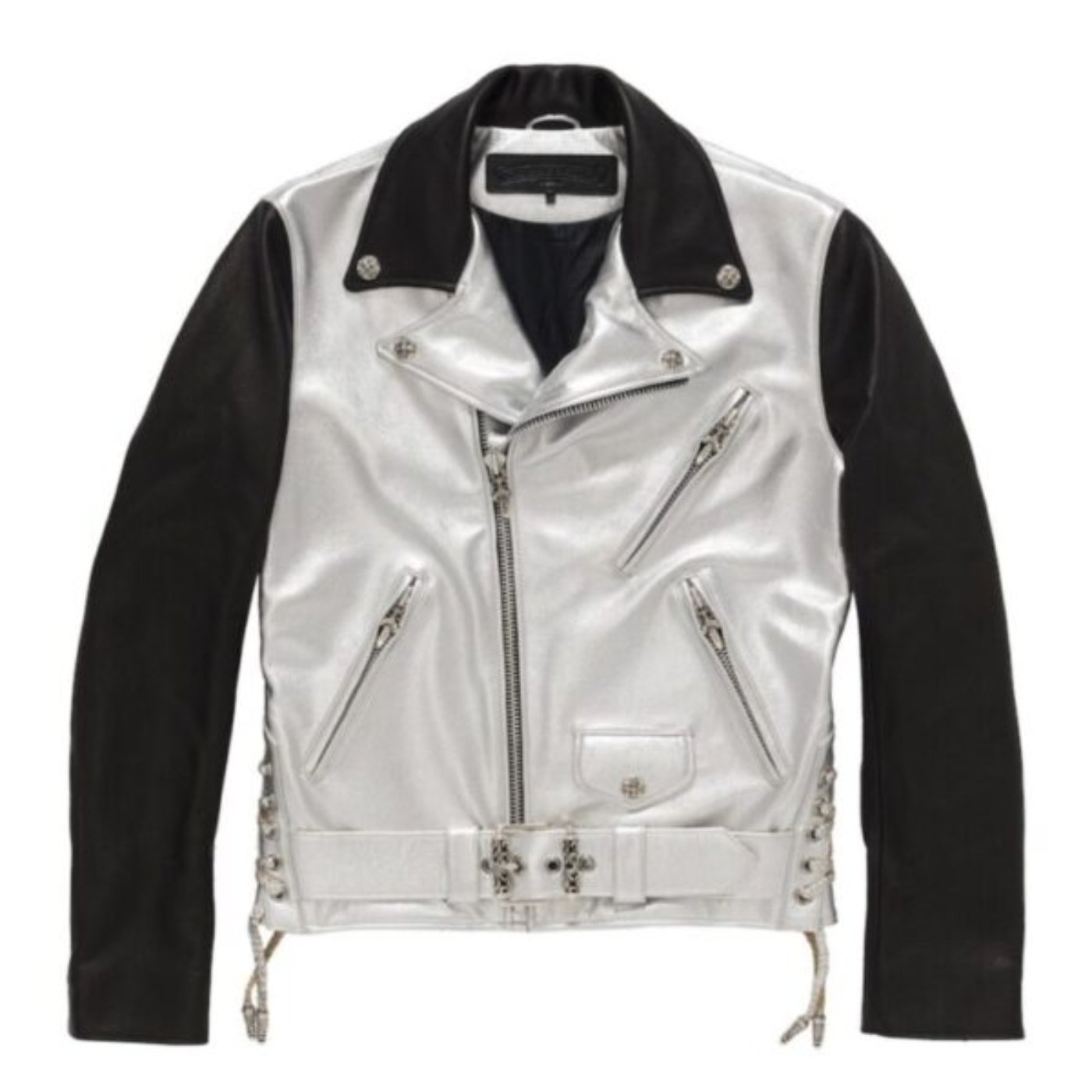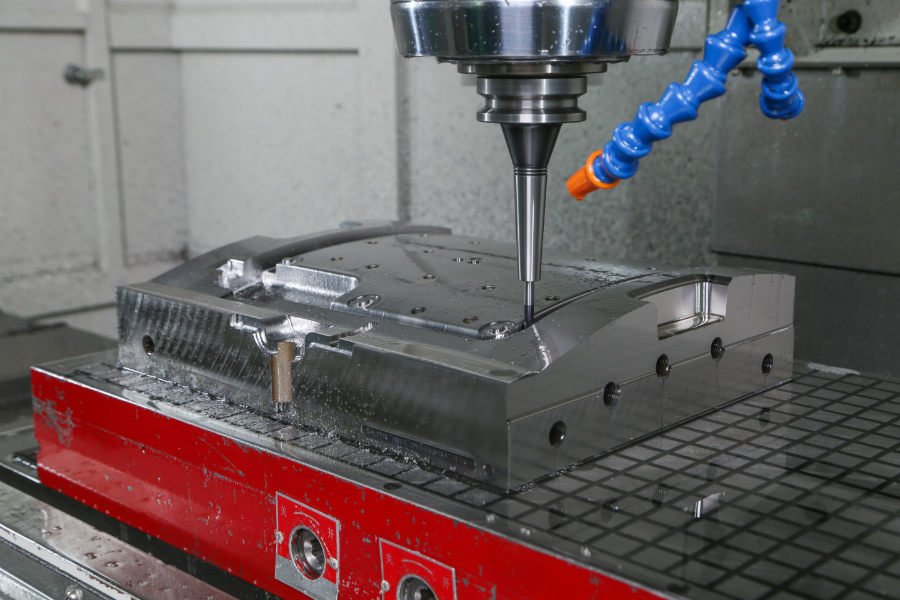The Charm of Hermès
Hermès bags – the most famous of which are the Birkin and Kelly – have been considered the ultimate symbols of luxury and exclusivity. They are made with the finest materials and great attention to detail, making them not only fashionable but also tokens of wealth and status. They range in prices between thousands to hundreds of thousands of dollars; therefore, they are not accessible to most people. This value has prompted many individuals to replicate them, thus creating an underground market for such fantastic creations.
Insight into the Replica Industry
The replica industry actually depends on the craving for owning luxury at a very low price. There is no denying it: there are cheap replicas made with substandard materials and very low qualities, as well as so-called ‘super fakes.’ Super fakes are almost indistinguishable from authentic ones. The best counterfeiters imitate quality Hermes replica handbag details with the same leather and stitching techniques. In some cases, these artisans were employed by famous luxury brands.
Raw Materials: Bedrock of Credibility in Replication
Material forms one of the major defining characteristics of an Hermès bag. All genuine Hermès bags are made of premium leathers such as Togo and Epsom, or exotic leathers like crocodile or ostrich. Replicators will scour the earth to find as close to the same material as possible, many times using real leather but with finished texture, grain, and scent; some of the more elite add cayman or python skins into the mix of their creations, making them even more difficult to tell apart from real ones.
Craftsmanship: The Act of Fine Cuts
However, all Hermès bags are “handmade” by young artisans. Such precision cannot be achieved without years of training. Each stitch is saddle-stitched, assuring a long life and aesthetic value. Replicators closely study these methods of stitching in the hope of perfection. While lesser counterfeits may have uneven stitches or machine-sewn stitches, the finest replicas go to the point of copying the techniques of hand-stitching, so that they could be nearly undetectable to an untrained eye.
Hardware and Logos: The Cues
The hardware on an Hermès bag, as with all locks, clasps, and zippers, is made from precious metals plated with palladium or gold. This high level of detail is one of the hardest for forgers to reproduce. Some of the more costly replicas use similarly plated hardware, and the cheaper ones are Hermes Constance Replica Bags inferior metals that tarnish in the first month. The logo and heat stamp could be among the other important indicators. An authentic Hermès logo would be embossed with precision, while many replicas would have inconsistencies in the following: font, spacing, or depth.
Innerworkings: Lines and Dates
The inside lining of an Hermès bag is another much-overlooked aspect. Genuine bags come lined by supple and quality leathers like chèvre goatskin, while reproductions might have synthetic linings or sub-standard leather. Another major component of the date code is that it is unique alphanumeric code that indicates the year and the artisan who created the bag, a specialty that sophisticated counterfeiters usually attempt to replicate. However, a minor inconsistency in placement or font can betray a fake.
The Law and Ethics Regarding Replicas
Thus, both sales and purchases of replica luxury goods lie in this grey area of legality. To some consumers buying replicas instead of paying hefty sums for a designer bag makes perfect sense; to luxury brands, however, such counterfeit production is nothing less than intellectual theft. In many countries, to sell counterfeit goods is illegal, and in a few jurisdictions, even penalties exist for buyers. They are also ethically questionable with respect to uncovering labor relations practices and hence are linked to several criminal enterprises. That converts further the question of morality for the supporters of counterfeit markets.
Why Some Opt for Replicas
Many consumers, despite the ethical-legal risks, prefer high-quality replicas because they are cheap and very similar to real ones. A few buyers would argue that luxury pricing is artificially increased, so replicates become their shortcuts to enjoying the beauty of a designer bag without actually suffering from the high fashionable overpriced. Others have a temporary use for such bags while waiting to buy an actual Hermès or use during travel and daily wear without worries about damage.
How to Spot a Replica: A Money Pour
Investing in an authentic Hermès bag should equally be matched up with being able to identify fakes. One, texture of leather, stitching and overall construction. An authentic one has a durable yet soft touch, perfect stitching and premium material. Second, investigate the logo and font. Thirdly, check the hardware, must have a heavy-sounding feel. Lastly, decode the date to the standard representation of Hermès.
The Future of Luxury Fake
Improvements in machinery and technology make the fakes of luxury brands more and more convincing. 3D printing, AI-assisted design, and an abundance of superior materials have brought about some counterfeits whose authenticity can hardly be discerned from the real bags. Thus, like most luxury brands, including Hermès, it has recently taken the lead in investing in authentication technology like using microchip implants and blockchain tracking to fight against such counterfeit markets.
Conclusions: Place of Originals and Fakes in the Future
Demand for Hermès bags and their replicas will likely grow as long as exclusivity continues to be the driving force in the luxury market. Although Hermès bags are gifts that people keep for their future value as collectible investments, high-end replicas exist for those wanting the same mystique minus the actual price tag of the item. Whether one sees replicas as boon or bane, it is judged by ethics, but the fine work enters the realm of the luxury dream for which artisans and counterfeiters will go into debt.















Leave a Reply